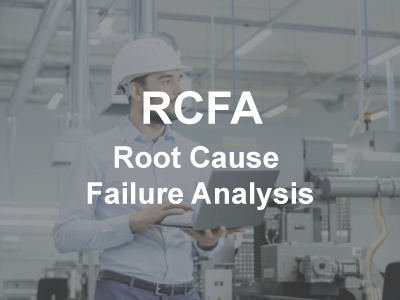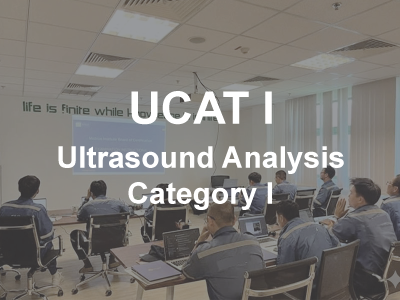So, you are ready to take the next step in your vibration analysis career. The good news is you are in the right place. Our VCAT-II ISO Category II course teaches you what you need to know to be a successful, confident, and competent vibration analyst.
We will teach you how to diagnose a wide range of fault conditions. We will teach you how to collect the right data with the correct vibration analyzer settings. And we will teach you some useful tips and tricks so that you may validate the diagnoses that you make.
In addition, we will teach you about shaft alignment and balancing so that you can improve the reliability of the equipment.
Once you complete the training, you can take the exam with confidence, and become certified to ISO 18436-2 Category II via the internationally respected Mobius Institute Board of Certification (MIBoC). The MIBoC certification is accredited to ISO/IEC 17024 — there is no higher standard.
You will join thousands of other Mobius certified analysts around the world.
This course is ideal for:
Individuals with CAT I certification and a minimum of 18 months of experience
Intermediate-level vibration analysts and reliability engineers
Personnel overseeing condition monitoring or PdM programs
There is a great deal to learn, but it will help you to perform your role with confidence. In this course you will:
Increase your knowledge on maintenance practices, condition monitoring, and the common condition monitoring technologies.
Increase your knowledge about data collection, testing techniques, sensor types, and so on.
Learn a great deal about signal processing and the settings of your vibration analyzer.
Increase your knowledge of spectrum analysis, time waveform analysis, and phase analysis.
Understand why phase analysis and time waveform analysis are both critical tools used by the vibration analyst.
Learn about common failure modes and how to detect them, including unbalance, misalignment, looseness, resonance, pump/fan/compressor vane, and flow issues, cavitation, turbulence, gearbox failures, rolling element bearing failure, and more.
Learn about high-frequency bearing and gear fault detection techniques: demodulation, enveloping, SPM HD, shock pulse, PeakVue, Spike Energy, and others.
Be able to use spectra, phase readings, time waveforms, bump and impact tests to test for looseness, resonance, and other conditions.
Learn about precision shaft alignment and soft foot correction.
Learn about single and two-plane balancing.
Learn the basics of setting alarm limits: band alarms, and mask/envelope alarms.
The key is that with the VCAT-II course, you will transition from being a person who is primarily capable of collecting data to a person who can diagnose faults on the critical machinery, and in some cases, prevent or correct them.
TOPICS COVERED
| Review of maintenance practices Review of condition monitoring technologies Principles of vibration Data acquisition Signal processing Vibration analysis | Fault analysis • Natural frequencies and resonances • Imbalance, eccentricity and bent shaft • Misalignment, cocked bearing and soft foot • Mechanical looseness • Rolling element bearing analysis • Analysis of induction motors • Analysis of gears • Analysis of belt-driven machines • Analysis of pumps, compressors, and fansEquipment testing and diagnostics • Impact testing and bump tests • Phase analysis Corrective action • General maintenance repair activities • Review of the balancing process • Review of shaft alignment procedures Running a successful condition monitoring program Acceptance testing Review of ISO standards |







